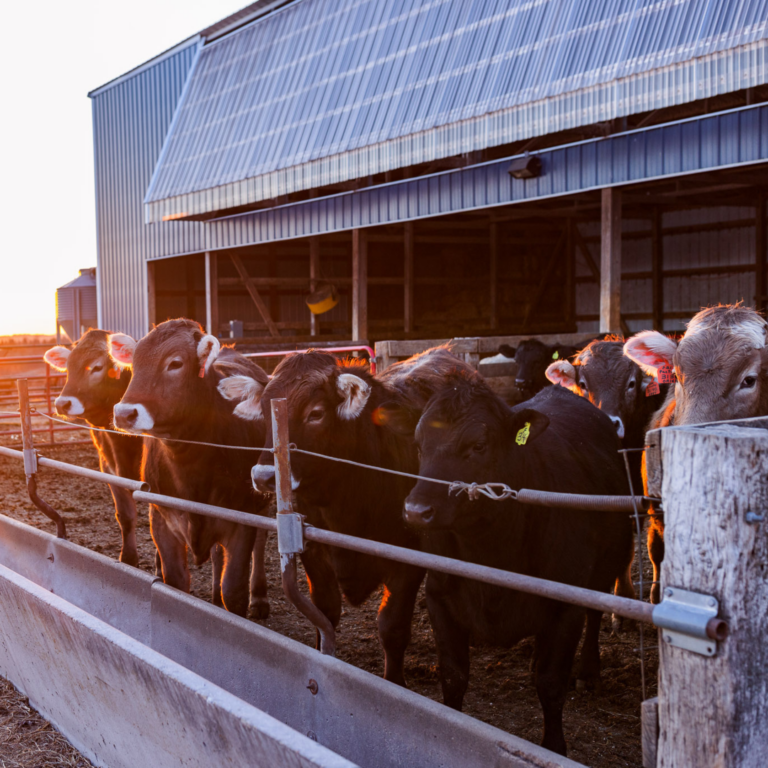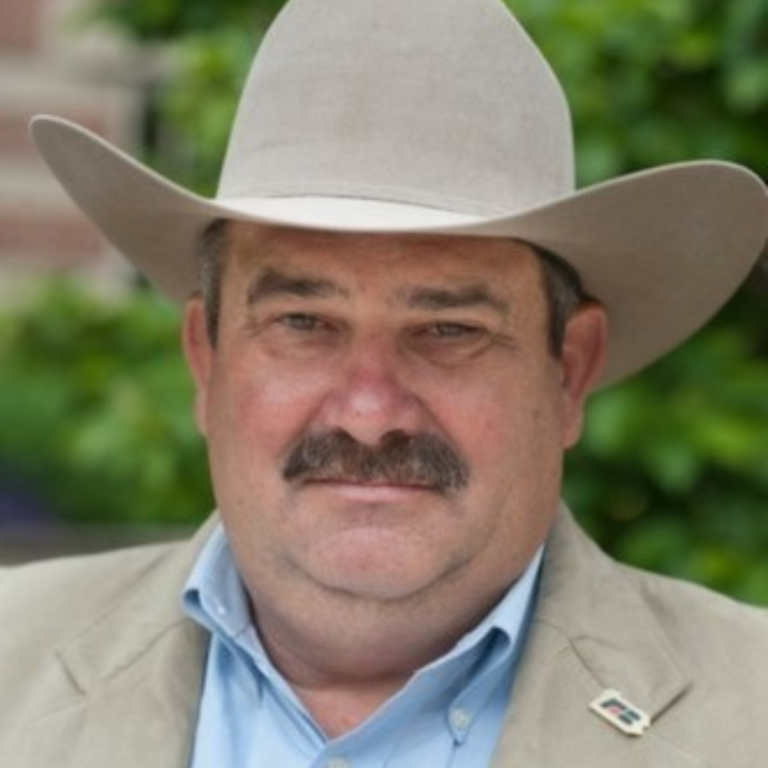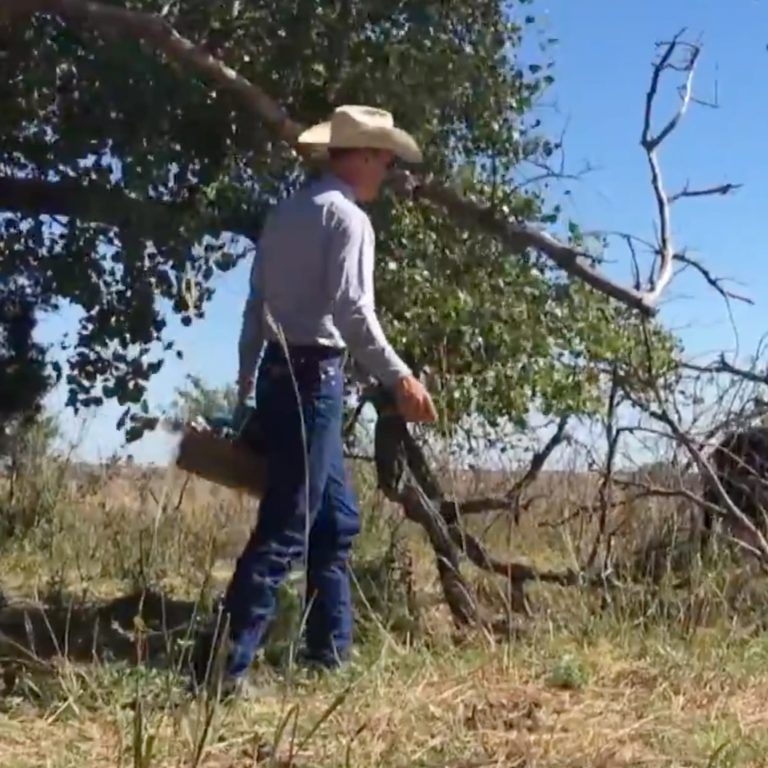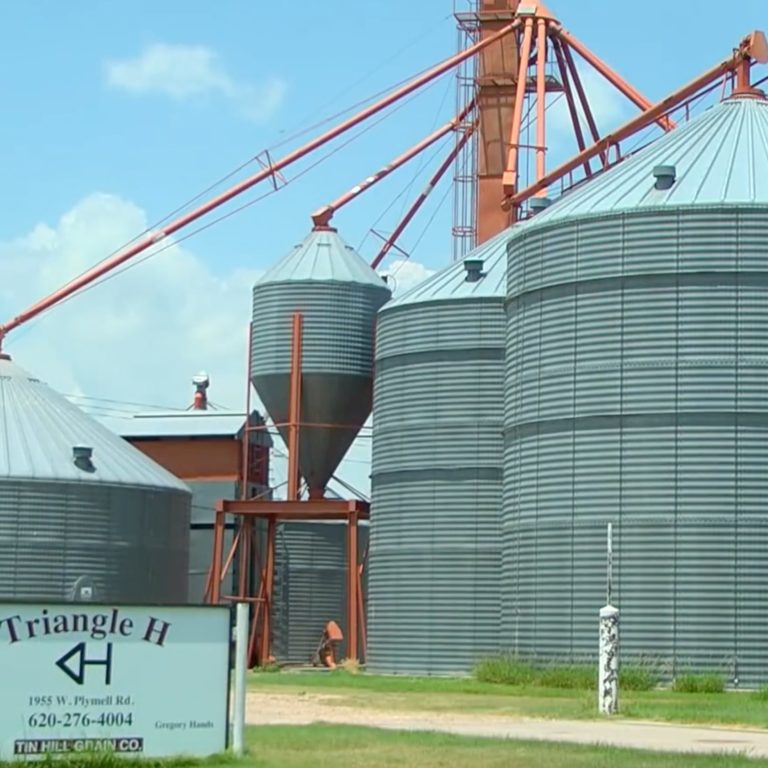Dairy’s Contribution to the Beef Industry
In today’s evolving dairy climate, more and more dairy stock is becoming part of the U.S. beef supply. Currently, dairy represents approximately 20 percent of the total supply, a figure that is expected to increase in the near future 1.To ensure the dairy industry has a seat at the table, producers representing both beef and dairy are collaborating on the Cattlemen’s Beef Board (CBB).
An Integrated Industry
Dairy beef production has become an important pillar of the beef industry and plays a key role in contributing to U.S. beef demand. When milk prices decreased, dairy operations started integrating cross breeding to yield a higher-value calf. As a result, in addition to ensuring pregnancy and continued milking for their herd, producers have been able to receive elevated prices for those higher-value calves.
Many U.S. dairy operations are integrating this beef cross breeding approach into their breeding programs. According to the National Association of Animal Breeders (NAAB), domestic dairy units sold decreased by six percent in 2020 while beef established a new record at 19 million units sold, increasing by 28 percent that same year 2. The fact that dairy producers had switched from beef to dairy breeding selections contributed to the sharp increase in beef units sold.
Veal Sector
While dairy producers are contributing more cattle to the U.S. beef supply, the veal industry also plays an active role. There currently are about 500 veal farms in the U.S. and 200,000 milk-fed veal calves marketed annually 3. Veal farms are primarily located in New York, Pennsylvania, Ohio, Indiana, Michigan and Wisconsin, with each farm raising about 400 calves per year 4.
The Beef Checkoff takes an active role in veal promotion, research and education. The Beef Checkoff-funded National Veal Program, executed by the New York Beef Council and the North American Meat Institute (NAMI), promotes veal as a nutritious, delicious option for any consumer. Discover the Checkoff-funded consumer-facing brand, Veal – Discover Delicious.
CBB Involvement
To help the dairy industry benefit from the Beef Checkoff’s promotion, research and education abilities, dairy producers serve on the CBB, currently holding 12 percent of the seats. Here, three dairy representatives on the CBB board discuss why they chose to get involved:
 Daphne Holterman
Daphne Holterman
Daphne and her husband, Lloyd, own and operate Rosy-Lane Holsteins in Watertown, Wisconsin. The team farms 1,700 acres and milks about 950 Holstein cows. The operation ships milk to Saputo, a Montreal-based Canadian dairy company, where it’s made into cheese.
“My first and foremost goal in serving on the CBB is to get beef and dairy promotion groups at all levels working together more. There is nothing more important than getting our Checkoff dollars to go farther, especially in these times of doing more with less,” Holterman said. “I am glad to see so many dedicated farmers and ranchers serving on the board. Grassroots input and direction is happening. We all want consumers to see the benefits of beef and grow demand at home and abroad.”
Mark Sustaire
Mark and his wife Amy, son Garret and daughter Jordan operate a 600-head dairy in Winnsboro, Texas.
“Ensuring the dairy perspective is represented on the Beef Board is important because dairy cows are a significant part of the beef market,” Sustaire said. “Agriculture is only successful when we work together. Dairy farmers and beef producers – we are neighbors and we share the same values, challenges and many of the same opportunities. When we work together as one on the Beef Board, everyone benefits.”
Diane Hoover
 In Lebanon, Pennsylvania, Diane and her husband Reid own a dairy operation, Brook-Corner Holsteins. Their milking herd consists of 350 registered Holstein cows.
In Lebanon, Pennsylvania, Diane and her husband Reid own a dairy operation, Brook-Corner Holsteins. Their milking herd consists of 350 registered Holstein cows.
“I count it a privilege to be able to represent the dairy farmers of Pennsylvania on the Cattlemen’s Beef Board. While dairy cattle’s first purpose is milk production, eventually they become part of the beef food chain,” Hoover said. “Since Checkoff dollars are collected from the sale of these animals, it is important that dairy farmers also have a say in the way these dollars are spent.”
The Cattlemen’s Beef Board gives both beef and dairy producers the opportunity to sit at the same table and come together to help drive demand for beef. To meet the producer leaders in your state, visit: https://www.beefboard.org/beef-board/about-beef-board/members/
- Wisconsin Department of Agriculture (WDA). Research conducted by WDA Protection Livestock Meat Specialist Jeff Swenson.
- 2020 NAAB Regular Members Report Another Record Year for Unit Sales.
- Hanson, M. (2020, March 18) Why the U.S. Veal Industry is Poised for Resurgence.
- Veal – Discover Delicious. 2021 Veal’s Journey Handout.
The Beef Checkoff program was established as part of the 1985 Farm Bill. The checkoff assesses $1 per head on the sale of live domestic and imported cattle, in addition to a comparable assessment on imported beef and beef products. States may retain up to 50 cents on the dollar and forward the other 50 cents per head to the Cattlemen’s Beef Promotion and Research Board, which administers the national checkoff program, subject to USDA approval.































































